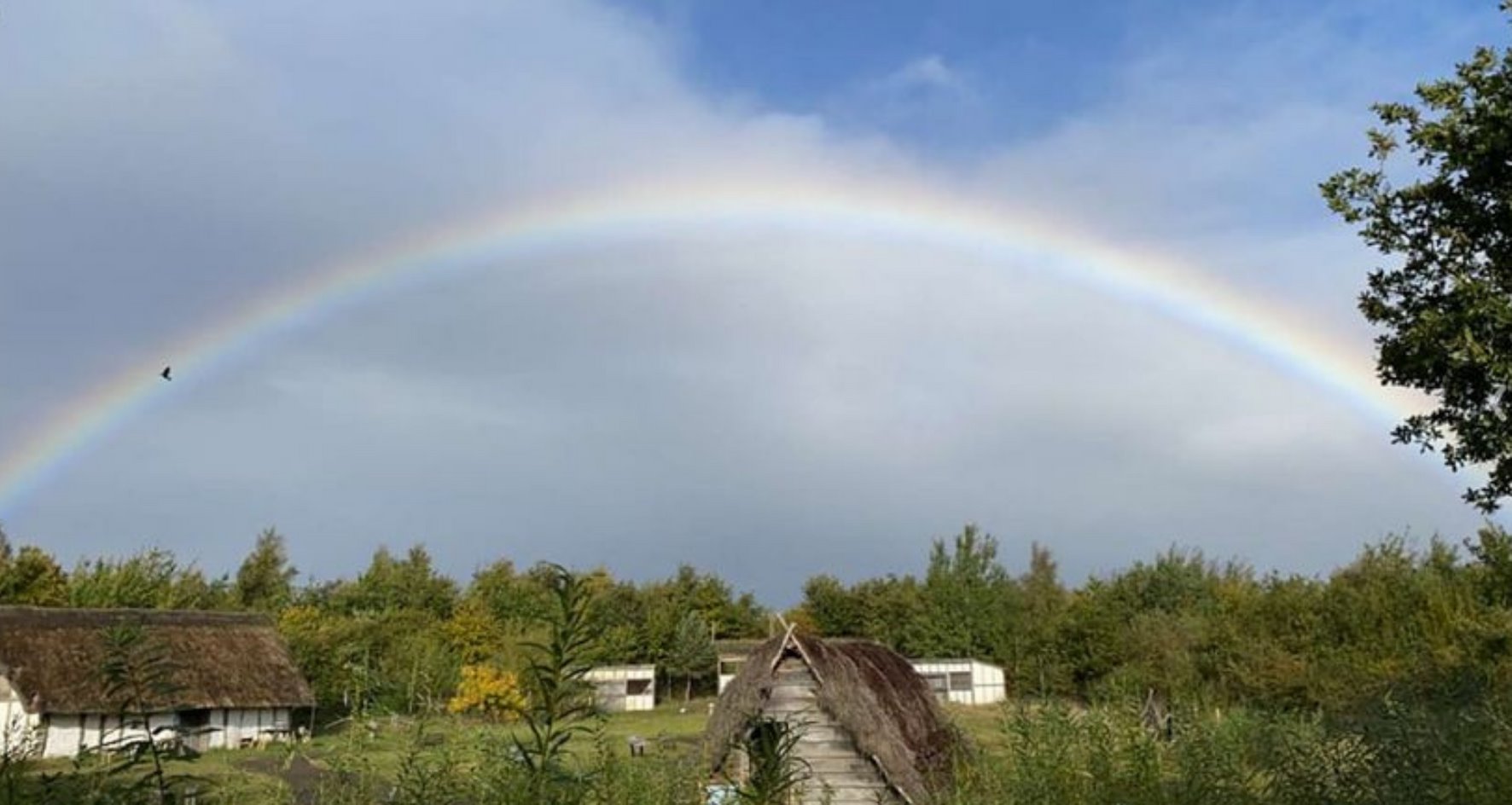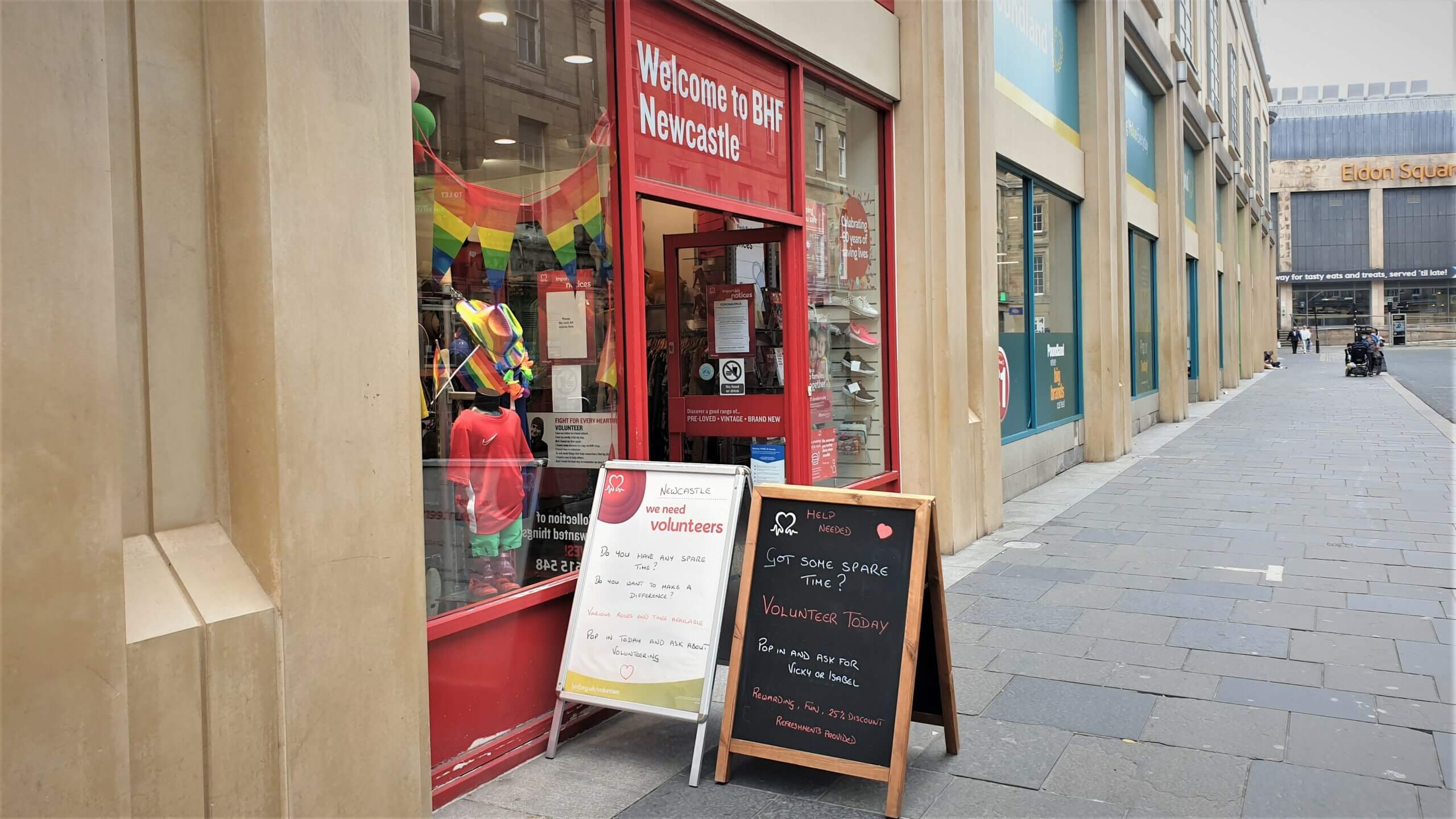
Anglo-Saxons had a huge and lasting impact on the North east; specifically, in Jarrow. It’s time to delve into that forgotten history.
The History of the Anglo-Saxons tends to be overlooked, the vicious Vikings steal the limelight, which is why Jarrow Hall is dedicated to bringing some of that light to Anglo-Saxon history.
The Anglo-Saxons were migrants that came from northern-Europe; Germany, Denmark and the Netherlands. There were three main tribes, the Angles which were Southern Danish, the Saxons were German-Dutch, and the Jutes who were Northern Danish.
The Anglo-Saxons were mostly farmers, who lived in wooden villages and were talented craftsman who made incredible jewelry out of gold and glass; they also made iron tools and swords.
One of the most important and well-known Anglo-Saxons is the venerable Bede, who studied at St Paul’s monastery in Jarrow for years. He is known as the Father of English History due to his work the Ecclesiastical History of the English people; the knowledge he has provided on Anglo-Saxon history is invaluable.

The team at Jarrow Hall are dedicated to not letting this valuable history or the man that helped shape it be forgotten.
Jarrow Hall has an open-air Anglo-Saxon farm and village, where guests can immerse themselves in Anglo-Saxon life and witness how they lived, the houses they stayed in and some of the animals that would have lived on their farms.

Photo credit: Jarrow Hall
They also have the Bede Museum which tells the story of Bede and contains exhibits like a full-sized reproduction of the Codex Amiatinus; the oldest complete Latin Bible in existence.
Catherine Robertson is the lead Educational Officer at Jarrow Hall, and is extremely dedicated to making sure people in the local area and all over the world know the importance of Jarrow, Bede and Northumbria.
She believes; ‘it’s so important that the local people understand how, not merely understand, but appreciate their own village; their own town.’
Robertson has given school groups tours of the Anglo-Saxon farm and village, as well as the Bede Museum, but has also told the story of Bede and the Anglo-Saxons to students in Florida, she explains; ‘they [couldn’t] believe this little village has over a thousand years of history. So, they were really interested…I spoke…in three different sessions, to about 75 students.’
The influence of Bede isn’t just from his work the Ecclesiastical History of the English People, Robertson explains; ‘Bede was writing about history, about religion, he was also writing about science.’
Bede discovered there was a connection with the moon and the tides, he gave the calendar months their names and reasons behind them, as well as being the biggest influence on how the dates were counted; whilst not the first to mention it he is the one to make it popular.
The codex is an extremely important part of history, it is a pandect or one volume edition of the Latin Bible which was written by British Scribes in 8th century Northumbria. It was written on vellum and four were produced, one for St Peters and one for St Paul’s which are the twin monasteries in Wearmouth and Jarrow and another went to the Pope in an Abbey in Italy. Robertson explains; ‘so go to Anglo-Saxon times we’re so important that we’re giving gifts to the Pope, but right in modern Jarrow, we’ve got the largest collection of Anglo-Saxon glass, we’ve got this book [the Codex Amiatinus] that’s only two in the country.’
The influence of the Anglo-Saxon period is a vast and great one, and Jarrow has been at the heart of it.
Robertson would like everyone to know that the team at Jarrow Hall are;’happy to tell you how important Jarrow is,’ and wants the people of Jarrow to remember; ‘we’ve got over a thousand years of history on your doorstep.’
Annie Whitehead is an Historian and an author of historical fiction and non-fiction, as an undergraduate she studied the pre-Conquest era. She is also a member of the Royal Historical Society, and the Historical Writers Association.
Some of her non-fiction books include Mercia: The Rise and Fall of a Kingdom, and Women of Power in Anglo-Saxon England. Her fiction books include To Be a Queen and Cometh the Hour; which are both set in Anglo-Saxon England.
While Whitehead had a love for writing she took a history BA (Hons) course and fell in love with studying the pre-Conquest era, and admits; ‘I remember that even while I was writing essays, I was also thinking about the characters in terms of their possible fiction personas and before I graduated I was already making notes for my first novel.’
Whitehead’s fictional novels are about real people back in the Anglo-Saxon period, so while she writes fiction she tries to stay as true to the source material as possible.
She explains; ‘For accuracy, I always map out a timeline and try to stick to it. If a battle happened in a certain year, then I won’t move it. I use charters to help me place the characters and so, when I can…Sometimes I might move a death by a month or so, but I try not to mess with the known history.
‘Wherever I can, I’ll also use minor characters whom we know existed and, for example, since we know the name of the loyal thegn who saved King Edwin of Northumbria from an assassination attempt, I used that name and built the character round it,’ She adds.
Annie Whitehead, much like Catherine Robertson, is dedicated to this history and both believe it should be remembered, Whitehead discusses; ‘It is important that we continue to try to understand where we came from and how.’
Jarrow and the Anglo-Saxon period are overlooked, primarily because of the historical events that come after them. However, one thing is for certain the influence they have had on the world has been an impactful one, and one that should not be overlooked any longer.



